The Different Uses of Solar Energy
The energy that the Sun gives off is converted by plants to create sugars and starches, and it is used by humans to heat water and electricity. But, solar energy is not available everywhere, so it is important to understand the different uses of solar energy. For example, we can use it to heat our houses and operate electrical appliances. And, if we use it for transportation, we can power buses and subways using PV energy.
PV energy is also used to power transportation. For example, PV energy can power buses, trains, subways, and airplanes. It can also be used to power spacecraft, and to make electricity in outer space. So, solar transportation is becoming a more common form of solar energy. But, the main benefit is in its use for heating water and electricity.
1. Key Challenges to Solar Electricity
There are two types of solar power systems – photovoltaics and concentrated solar power. Both use the sun’s energy to produce electricity. Photovoltaics use sunlight directly to create electricity, while concentrated solar power systems use lenses, mirrors, and solar tracking systems to focus sunlight. However, both are effective for producing clean electricity, and are a viable alternative to fossil fuels. These two types are best for homes, small businesses, and remote locations.
There are several key challenges to solar electricity, primarily related to its intermittent nature. First, the amount of solar electricity is variable. The amount produced varies with weather conditions and location. It also requires an array of complex controls to manage its production. Second, solar power can be inefficient. Because it is intermittent, it poses unique challenges for electric utilities. In the summer, utilities must match solar generation with peak cooling demand. Additionally, during winter, when solar electricity is not as reliable, solar power displaces other forms of generation and lowers capacity factors.
Third, solar electricity is intermittent and variable. Because of the day-night cycle and weather patterns, solar electricity poses special challenges for electric utilities. During summer and winter peak periods, utilities must match the solar supply to their daytime cooling requirements. During these periods, the energy produced by solar power must displace other sources of generation and increase the load on their grids. This means a high level of uncertainty for utility companies.
2. Solar Water Heating For Your Home
Solar water heating is a form of heating water through sunlight using a solar thermal collector. There are many types of solar water heating systems available, and each type has its own benefits and costs. Different models are suitable for different latitudes and climates. These systems are widely used for residential applications and some industrial ones. This article will explore some of the benefits of solar water heaters and how they can benefit your home.
Passive solar water heating systems are low maintenance and do not require any maintenance. Active systems require routine service, and you should refer to the owner’s manual for proper care. Simple solar water heating systems will need maintenance every three to five years. For more complex systems, consult a solar contractor or an installer. Some systems will need parts replaced after ten years. For more information, visit the solar energy website. Here’s a quick overview of the different types of systems.
The most basic type of solar water heating unit is an integral collector storage system (ICS). It works in climates with non-freezing temperatures. An ICS system consists of a black tank with a series of smaller copper tubes fastened to a roof. The increased surface area of the copper tubing makes it absorbs more heat than other materials and therefore loses less heat than conventional water heaters. An ICS system is typically used to pre-heat water for conventional heaters.
3. Solar Ventilation and its Benefits
Solar ventilation uses solar energy to heat and cool the air inside a building. The technology uses a ventilated collector. This type of system is highly efficient and low cost. The cost of using solar ventilation is competitive with other heating sources, including propane, electricity, and natural gas. The financial viability of installing a solar ventilation system depends on the needs of the building and the availability of solar resources in the area.
The preheat collectors are most efficient in industrial buildings, which need a large amount of ventilation air. They also look great with metal siding and can be used in visitor centers and recreation areas. Lastly, solar ventilation systems do not require any electrical input and have no running costs. The system is cost-effective, and it can cover areas ranging from 25 to 140 square meters. This system works by removing humidity and odors in the air and blowing fresh air into the building when the sun shines.
Solar ventilation preheat technology is particularly efficient in industrial buildings, where there is a need for lots of ventilation air. It can also be used in recreational areas, as it is compatible with metal siding. It can cost around $100 per square meter, but it can pay for itself in energy savings. In addition to industrial buildings, solar ventilators can be installed in buildings that require large amounts of ventilation air. If you have an industrial space, solar roof ventilation may be the best choice for you.
4. Solar Heating as One of the Uses of Solar Energy
Solar heating systems use heat energy from the sun’s rays to warm water. This fluid is then passed through a domestic hot water unit. As the fluid inside the cylinder cools, the collector switches to a second circuit, which supports additional heating of the water. So, solar heat is the best way to warm your home during the coldest winter months. The main benefit of using solar energy for heating is its cost-effectiveness, especially compared to traditional heating methods.
The basic system for solar heating involves a combination cylinder and a domestic hot water unit. The water in the cylinder is heated by the fluid via the lower heat exchanger. As the temperature drops, the second circuit turns on to support the additional heating of the water. This is a more efficient system than an old one but it is still a great way to save on energy costs. It also makes a home more environmentally-friendly.
5. How Does Solar Lighting Work?
Solar lighting is a new concept that has gained popularity in recent years of being one of the uses of solar energy. It is a clean alternative energy source that provides light in a variety of applications. A solar lamp, also known as a solar lantern, consists of a LED lamp, solar panels, a battery, a charge controller, and an inverter. Using solar energy, the lamp produces its own power. The LED light is used to illuminate a space and is a great way to reduce your carbon footprint.
Solar lighting is easy to install and requires no wiring, making it a great choice for outdoor and indoor lighting. There are different types of solar lights, including outdoor solar string lights, which can be hung in arbors, trees, shrubs, and even archways. There are also different kinds of solar deck lights, which are mounted on walls, steps, and patios. These solar-powered lights are an eco-friendly way to create intimate lighting without creating a tripping hazard.
Solar lighting systems work by capturing sunlight and guiding it through optical fibers. These systems consist of large mirrored dishes that are adjusted to direct sunlight onto 127 optical fibers. The optical fibers are then conducted into a single chord and then connected to a hybrid light fixture. These fixtures connect to diffuser rods to give off a variety of light. With a single system, eight hybrid light fixtures can be powered by one solar collector.
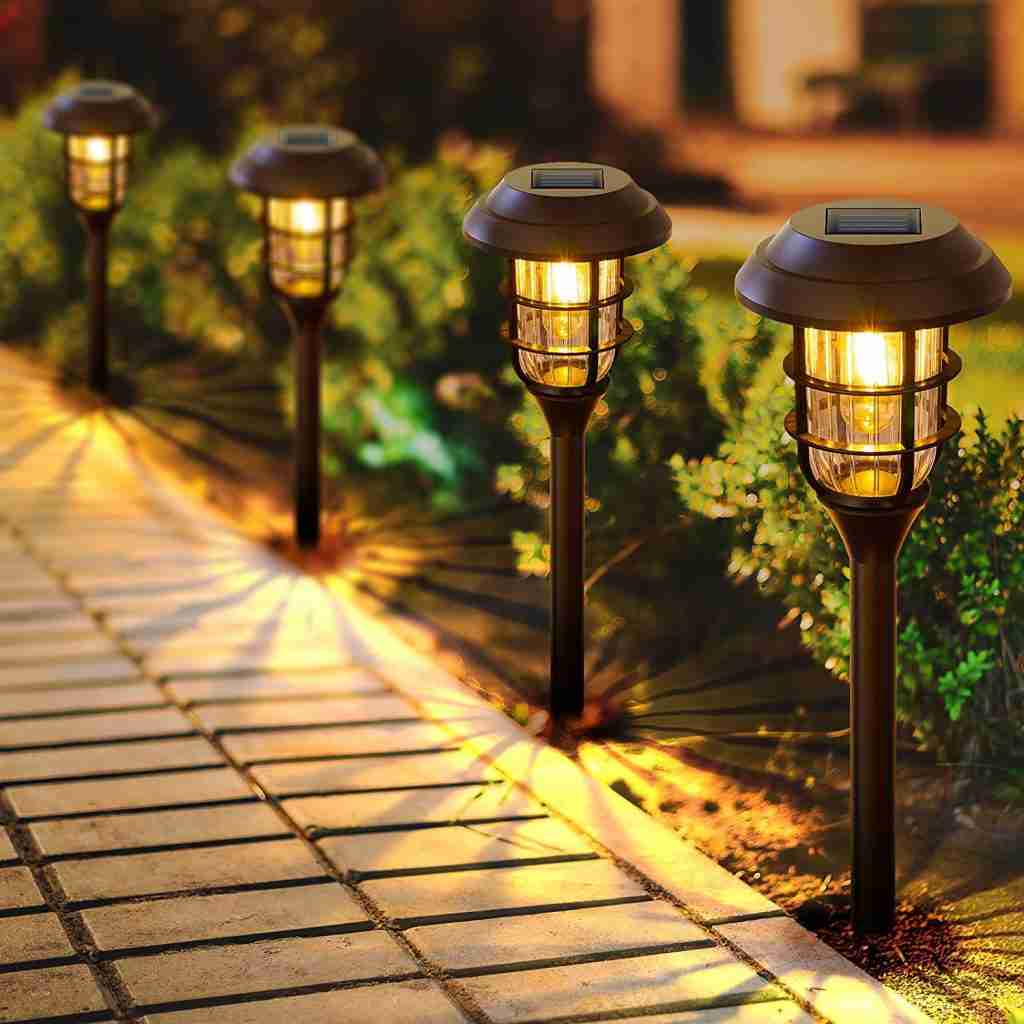
6. Portable Solar Panels
A portable solar panel is one of the easiest ways to generate electricity on the road, but it requires some additional devices to work. These devices include a battery, charge controller, and inverter. The amount of energy produced by a portable solar panel depends on its size and exposure to sunlight. The best solar conditions are found in California, Nevada, New Mexico, Texas, Oklahoma, and Utah. For people who need a larger amount of power, they should consider buying a smaller panel with a metal frame.
Some portable solar panels can be hooked up directly to your mobile device. Others can be connected to small appliances to power them while the sun is shining. The direct sunlight method is not always reliable and may result in inconsistent charging. For this reason, it is important to choose a portable solar panel with strong panels that will capture the energy and store it in a battery. Considering the weight of the portable solar panel, it is important to consider the weight of the device.
If you’re looking for a portable solar panel that can power a smartphone, tablet, or even a laptop computer, it is recommended to purchase one with a 10-amp battery charger controller. This type of controller is necessary for a portable solar panel to provide enough power for your device. Besides that, some portable solar panels have kickstand-like legs that can be positioned at varying angles. You should also consider how much weight the device is since some models can be quite heavy.
7. Solar Transportation Could Revolutionize Transportation
The advent of solar-powered transportation has revolutionized the transportation industry. A Solar Impulse 2 plane completed the first solar-powered flight around the world, with over 17,000 solar cells on the wings. Now, another company, Airbus, is developing a solar-powered aircraft that will eventually reach commercial service. Earlier this year, Solar Impulse successfully flew across the Pacific Ocean. A future version of this plane is expected to carry passengers from one end of the world to the other in just over twenty-five days.
The Solar Transportation team is developing technologies to move solar-generated electricity long distances. Scientists believe that by the end of the year, they can replace internal combustion engines. In the meantime, they will be able to use renewable energy resources to power the world. This means that the solar industry will be able to serve more customers and cut down on greenhouse gas emissions. The company’s goal is to develop 1,000 solutions to help transport power from one end of the planet to the other.
Solar Energy has been gaining popularity in recent years, and it is no surprise that it has caught the attention of many industries. And the transportation industry is no exception.
In 2013, Adelaide, Australia, introduced the world’s first solar-powered bus. The city council wanted to reduce carbon emissions, and 30% of its carbon emissions came from the city’s transportation sector. To promote solar-powered buses, the city’s city council was concerned with reducing its carbon emissions.
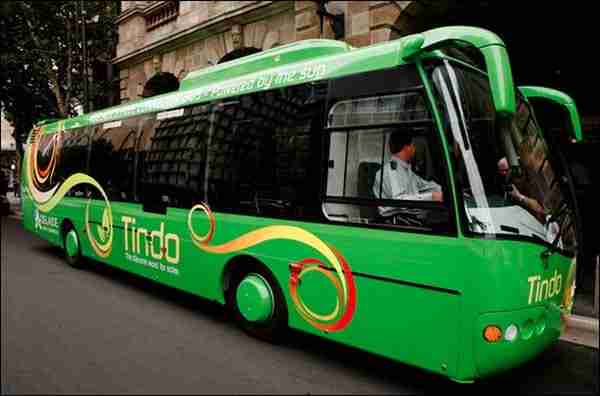
Image Source: https://reneweconomy.com
8. A BRIGHT SOLAR POWER FUTURE
A solar powered future is a possible future for mankind, but how can we get there? The IEA’s vision for 2050 calls for cutting carbon emissions by 50%, with solar energy providing about half of the energy. This would cut annual emissions to below 40 gigatons. However, even if we could achieve this goal, we’d still be leaving the world with a huge carbon footprint, which will have dire consequences for the climate and the environment.
In his book, Taming the Sun, Dr. Varun Sivaram paints two contrasting visions for the world. In the first, the society is heavily dependent on fossil fuels, causing dramatic effects on air pollution and climate change. In the second, society is able to avoid the worst impacts of climate change and air pollution by transitioning to carbon-free sources of energy. If this is a realistic goal, a Solar-Powered Future is a real possibility.
This book aims to change how the world views renewable energy. While many of us have a more optimistic view of the future, we must be realistic. We can’t predict the energy needs of tomorrow until we know how much solar energy will be needed in the future. The reliance on fossil fuels will result in a very bad future for humans and the planet. Therefore, we must be very careful in our choice of energy sources. A Solar-Powered Future will save the world. Begin your journey to a brighter future and see how much solar can impact your life!
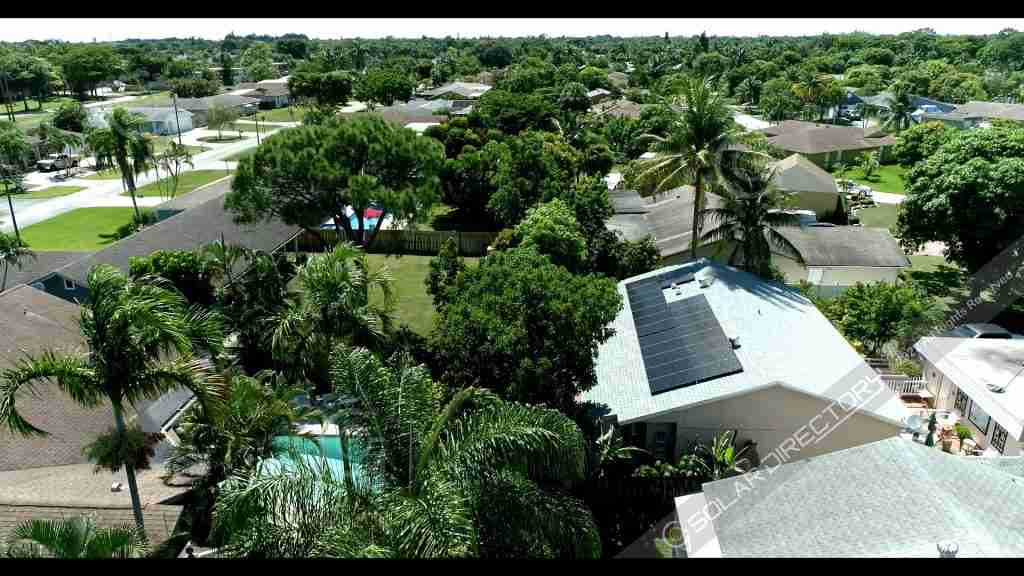
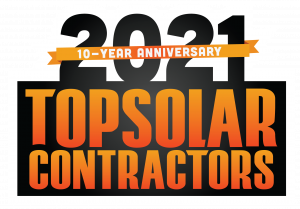
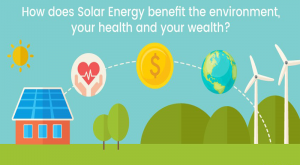
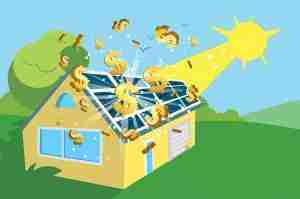

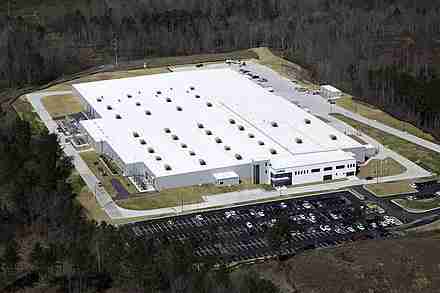
2 thoughts on “8 Amazing Uses of Solar Energy”
If you are going for finest contents like me, just visit this site every day since it presents quality contents,
thanks
This post is priceless. When can I find out more?